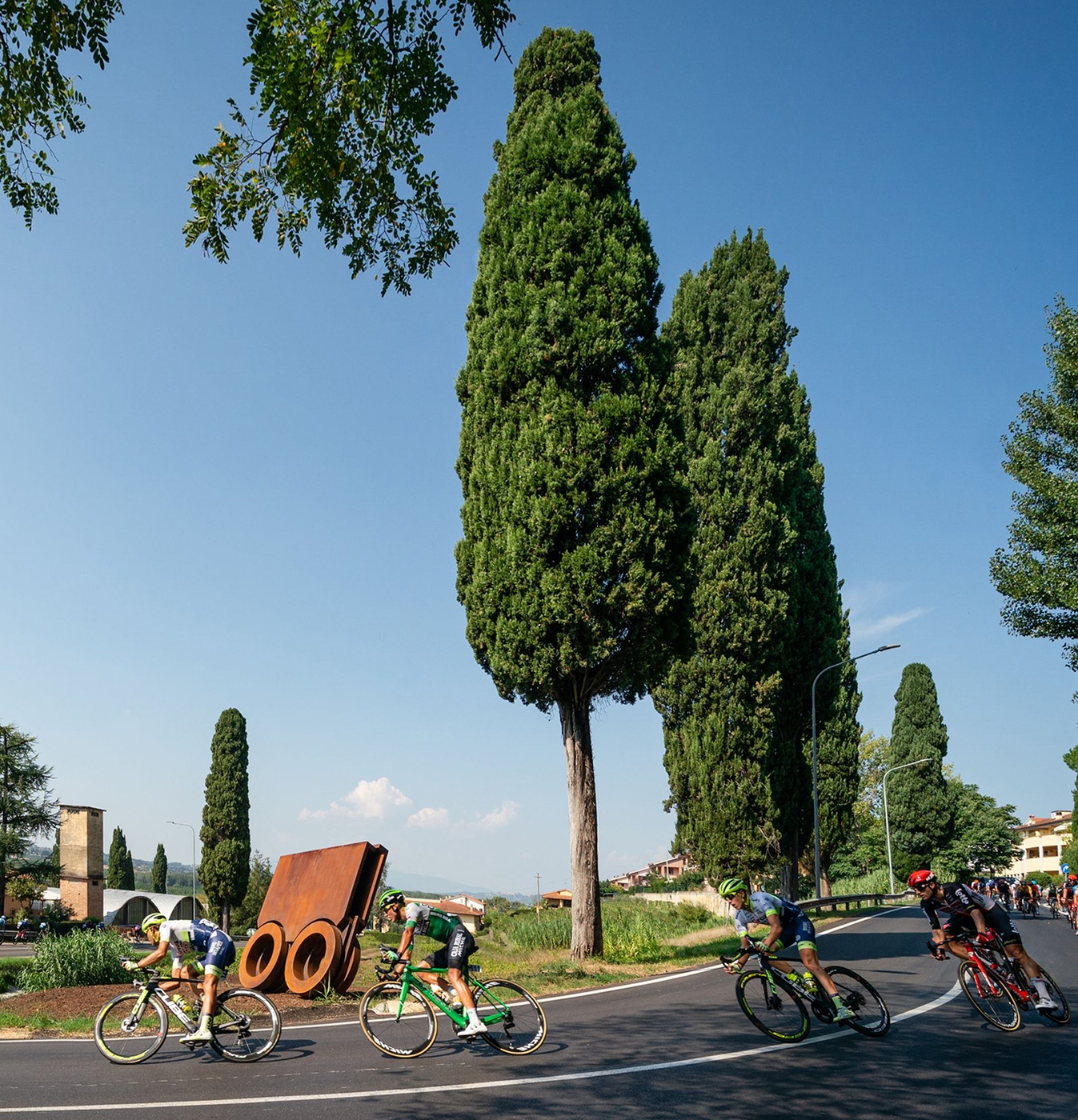
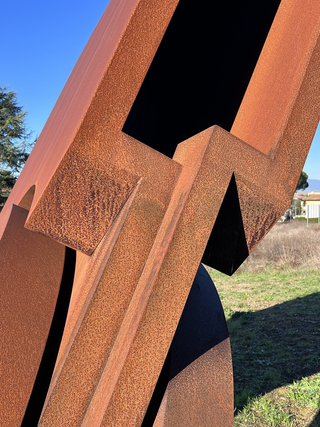
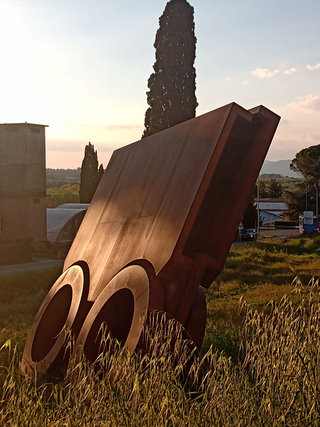
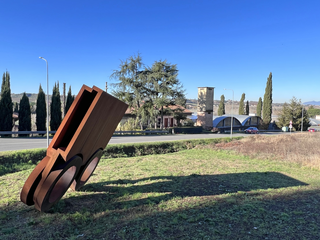
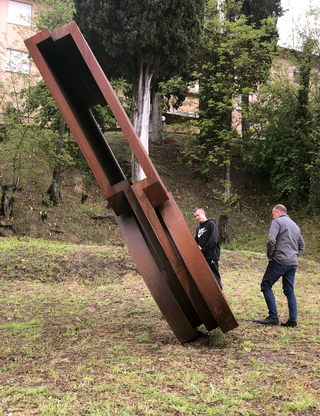
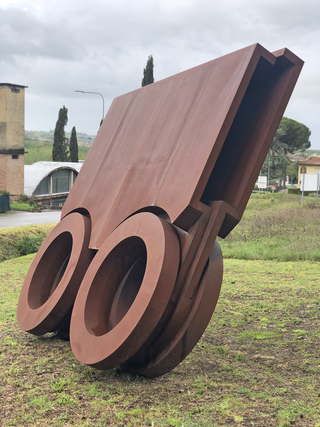
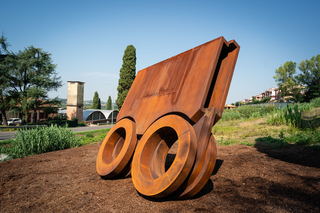
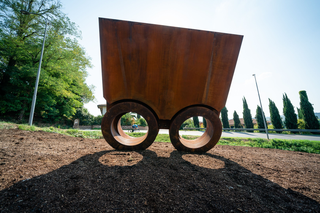
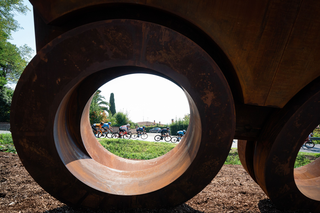
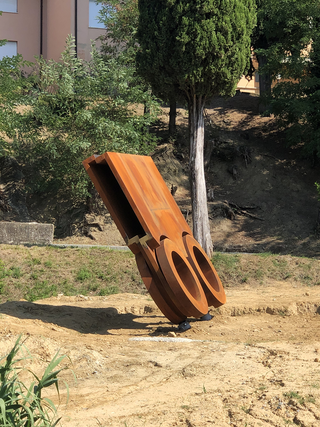
Installation on the parking structure before the restoration of the campaign plan.
Photo © Marcella Ferrari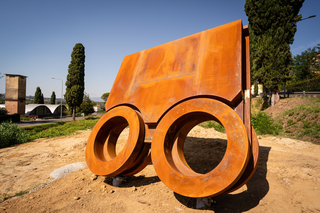
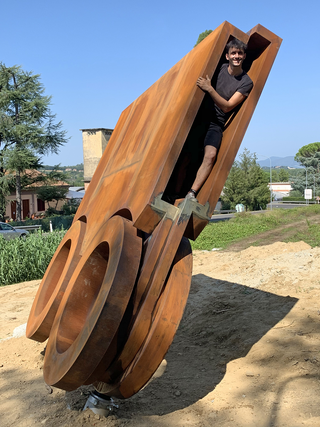
Eng. Andrea Rebuzzi during the flow check
Photo © Umberto Cavenago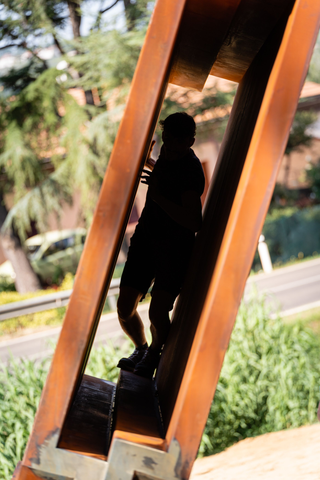
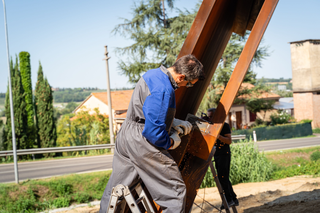
Welds of the two parts
Photo © Andrea Testi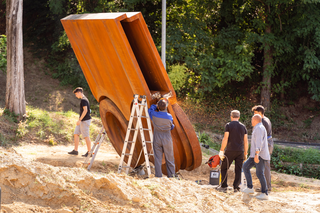
Assembly of the two parts
Photo © Andrea Testi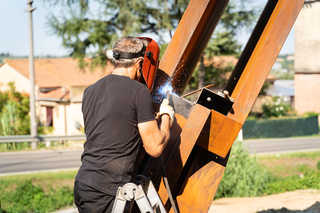
Assembly of the two parts
Photo © Andrea Testi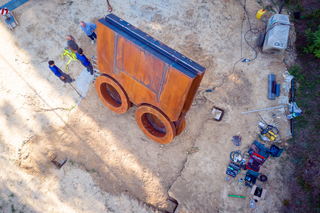
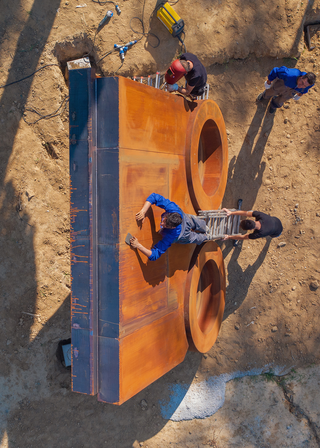
Installation with Andrea, Michele, Saule e Morgan Rebuzzi.
Photo © Francesco Mazzei
Assembly of the two parts
Photo © Andrea Testi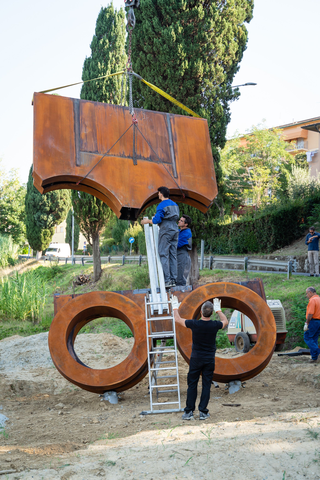
Lifting of the upper body for the assembly of the two parts
Photo © Andrea Testi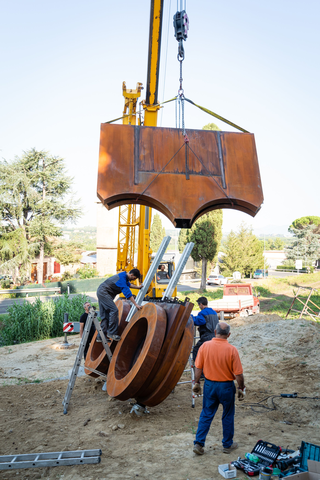
Lifting of the upper body for the assembly of the two parts
Photo © Andrea Testi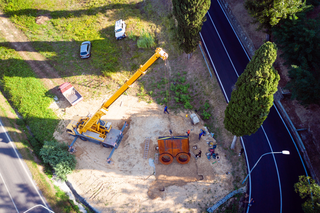
Installation site
Photo © Andrea Testi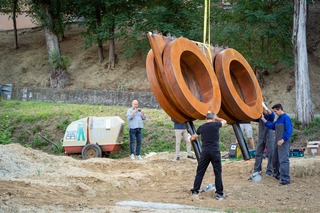
Insertion of the lower body into the parking system
Photo © Andrea Testi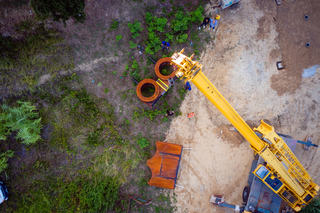
Installation site
Photo © Andrea Testi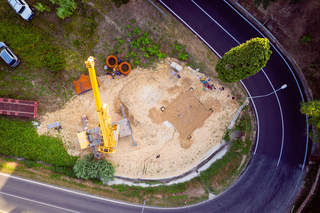
Installation site
Photo © Andrea Testi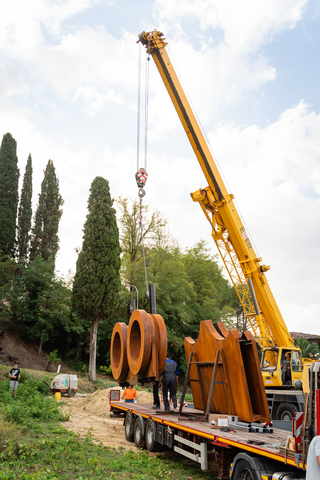
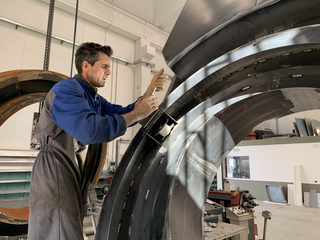
Morgan Rebuzzi
Photo © Umberto Cavenago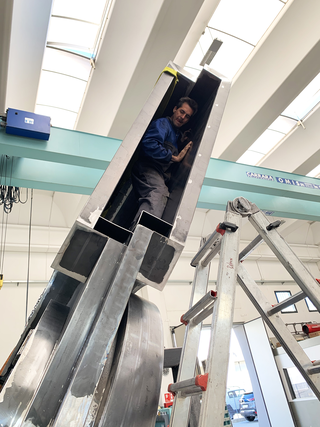
Pre-assembly in the workshop
rebuzzi.it
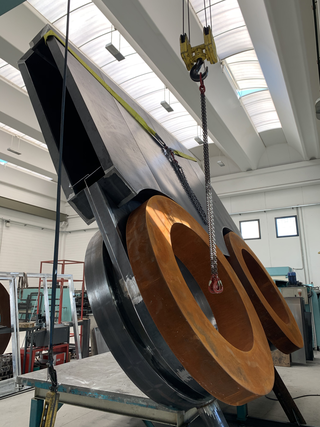

Pre-assembly in the workshop
rebuzzi.it
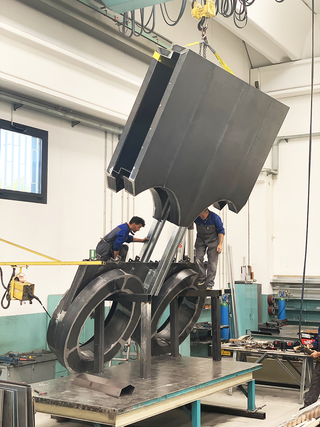
Pre-assembly in the workshop
rebuzzi.it
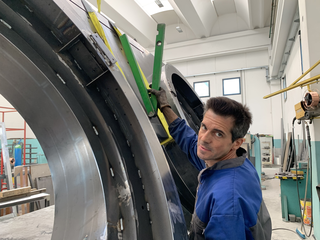
Morgan Rebuzzi measures the inclination of 30°
Photo © Umberto Cavenago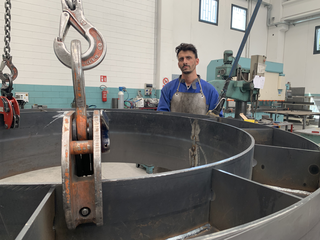
Wheel detail with Andrea Rebuzzi
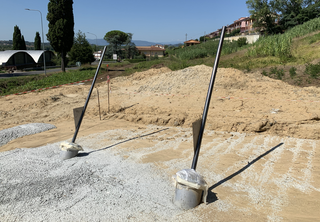
Completed parking plinth
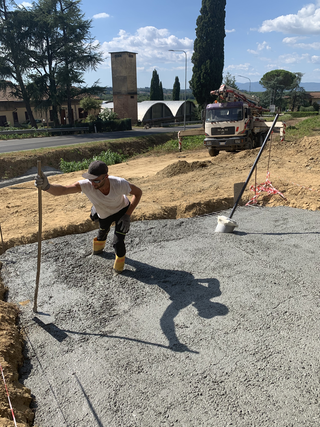
Pouring of concrete
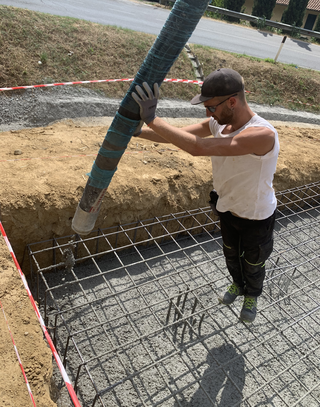
Pouring of concrete with Gianluca Bessi
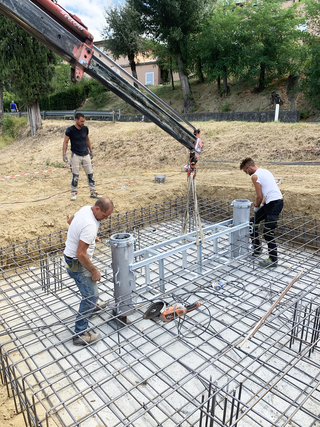
Positioning of the jig to be drowned in the foundation
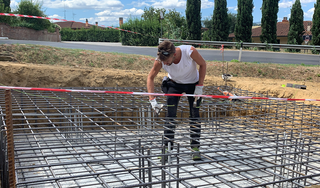
Reinforcement of the foundation
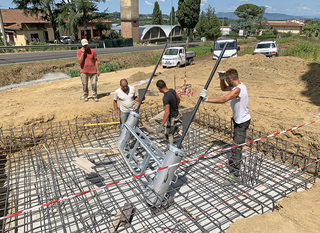
Inclination at 30° of the jig
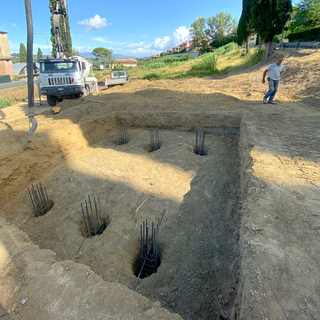
Preparation of piles for platform foundation
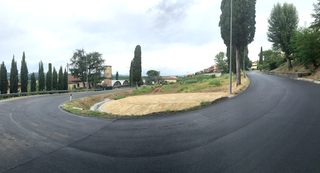
The curve with the arrangement of the embankment
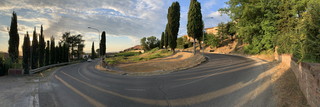
The curve
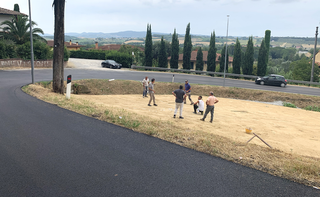
The choice of the site

Survey
Social
Contatti
umberto@cavenago.info